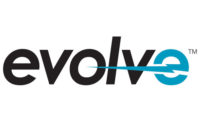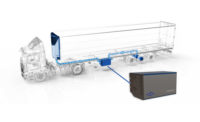Fuel cell electric mobility is this year’s No. 1 key trend, having grown in importance from its No. 5 ranking in 2016, according to a study conducted by KPMG, the Netherlands. Overall electric mobility is ranked extremely high, holding three of the Top 4 ranks. This demonstrates how traditionally product-oriented trends still dominate executives’ agenda.
Connectivity and digitalization remain No. 2 priority. Connectivity is dubbed to be the most important prerequisite for the provision of additional services and content provided in a car and emphasizes the need for an easy-to-use and seamless human-machine interface inside a vehicle.
Also, in regard to a platform approach, results indicate that the mindset of executives around the term platform are only linked to a product and less to a service environment. This will be a missed opportunity, since automotive players currently equipped with a dominating platform in terms of hardware would be ideally suited to also think of themselves as a central shared platform.
This year’s results vary significantly between stakeholders, regions or even countries. Downstream players rank battery electric vehicles to be the No. 1 trend while Chinese executives see “connectivity and digitalization” and “creating value out of big data” as No. 1 and No. 2 trends, respectively.
Increasingly diverging opinions present a trend of “re-focusing” on individual competences as well as cross-sector and cross-border cooperations instead of a complete auto-digital fusion, which strengthens our previous year’s thesis.
Moreover, it becomes crystal clear that new market players might fail to scale, since competencies around a complex manufacturing process built up in the asset-based business cannot be easily copied by new players if they intend to increase their production volumes.
Even if the vehicle itself is seen as a platform for several digital business models within a comprehensive ecosystem, the drivetrain technology will also continue to characterize the product as what it is – a possibility of moving from A to B – irrespective of who or what is using it and for which application. These varying applications will dictate different requirements regarding range and ease of use, which will result in different drivetrain technologies for rural and urban areas.



